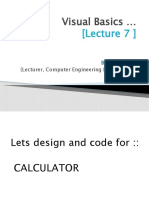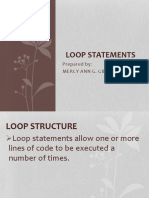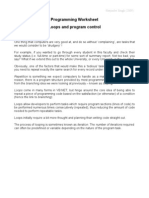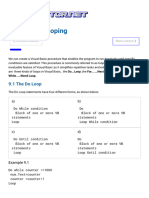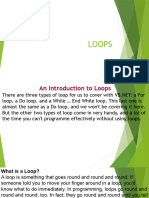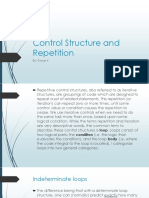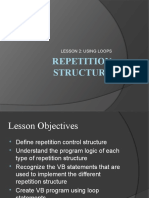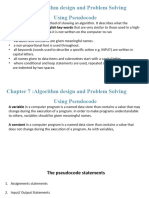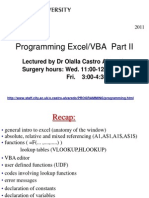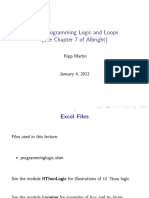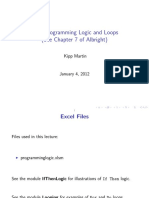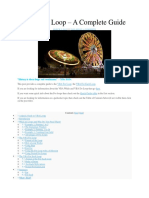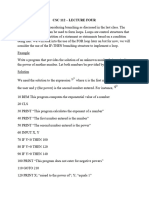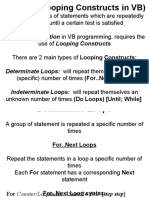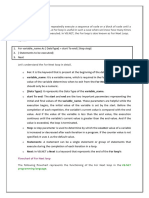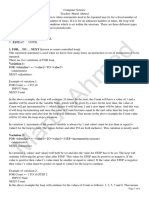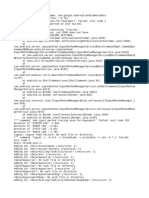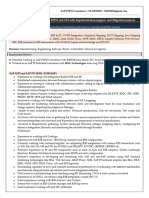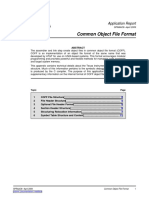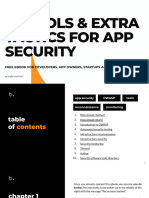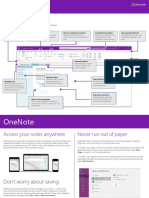0% found this document useful (0 votes)
42 views17 pagesLecture 4
The document discusses different types of loop structures in visual basic programming. It describes determinate loops, which repeat a set number of times, and indeterminate loops, which repeat until a condition is met. Specific loop structures covered include the FOR-NEXT loop, nested FOR-NEXT loops, and the CONTINUE and EXIT commands. Indeterminate loops like DO WHILE, DO UNTIL, and DO LOOP WHILE/UNTIL are also explained along with examples.
Uploaded by
Primali PereraCopyright
© © All Rights Reserved
We take content rights seriously. If you suspect this is your content, claim it here.
Available Formats
Download as PPSX, PDF, TXT or read online on Scribd
0% found this document useful (0 votes)
42 views17 pagesLecture 4
The document discusses different types of loop structures in visual basic programming. It describes determinate loops, which repeat a set number of times, and indeterminate loops, which repeat until a condition is met. Specific loop structures covered include the FOR-NEXT loop, nested FOR-NEXT loops, and the CONTINUE and EXIT commands. Indeterminate loops like DO WHILE, DO UNTIL, and DO LOOP WHILE/UNTIL are also explained along with examples.
Uploaded by
Primali PereraCopyright
© © All Rights Reserved
We take content rights seriously. If you suspect this is your content, claim it here.
Available Formats
Download as PPSX, PDF, TXT or read online on Scribd
/ 17


